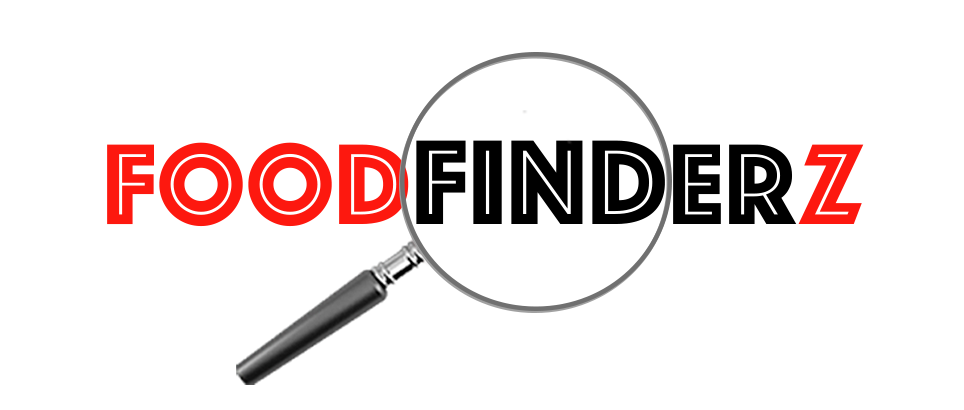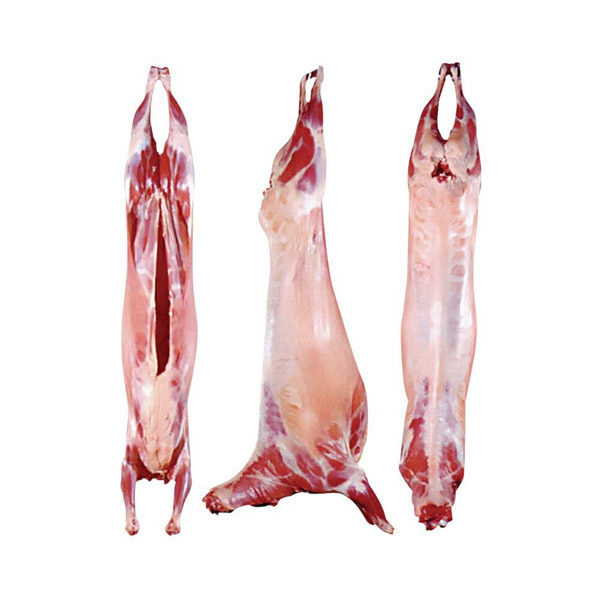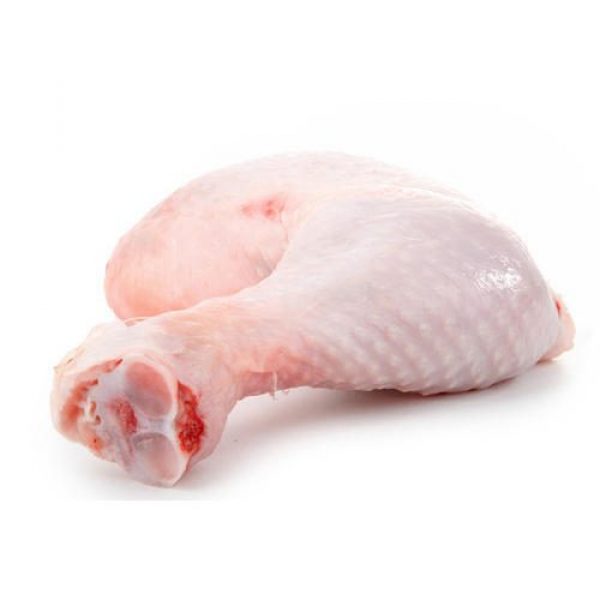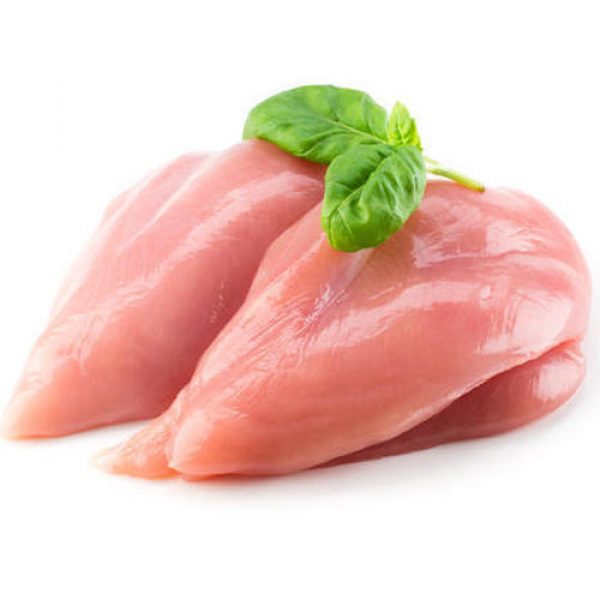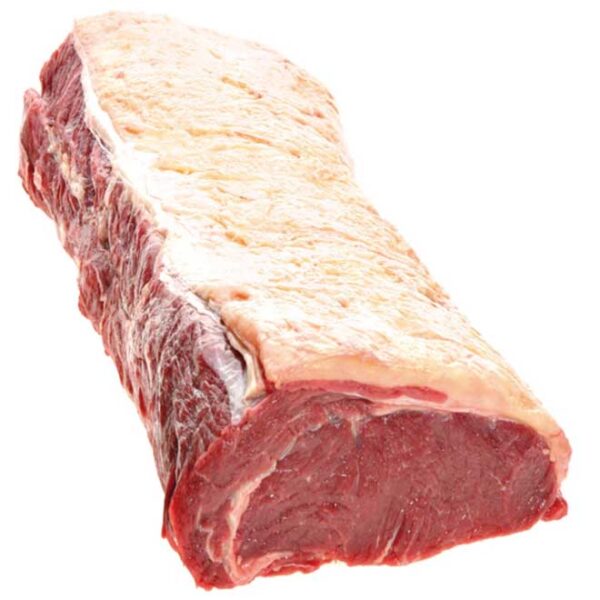Lamb, hogget, and mutton, generically sheep meat, are the meat of domestic sheep, Ovis aries. A sheep in its first year is a lamb and its meat is also lamb. The meat from sheep in their second year is hogget. Older sheep meat is mutton. Generally, “hogget” and “sheep meat” are not used by consumers outside Norway, New Zealand, South Africa and Australia. Hogget is becoming increasingly commonly eaten in England.
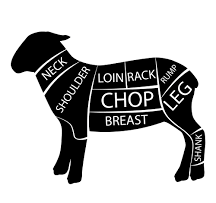
| Packaging Type | Various |
| Frozen | Yes |
| Shelf Life | 12 Months |
| Packaging Type | Various |
| Temperature Range | – 18 Degree Celsius |
| Minimum Order Quantity | 1 000 kg |
World Production
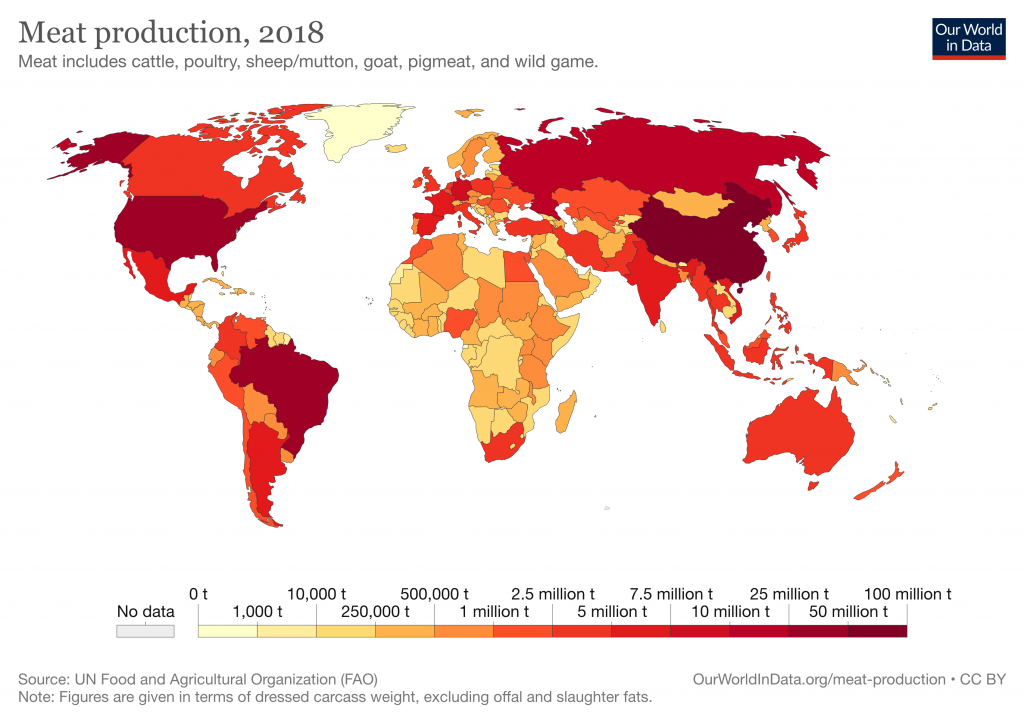
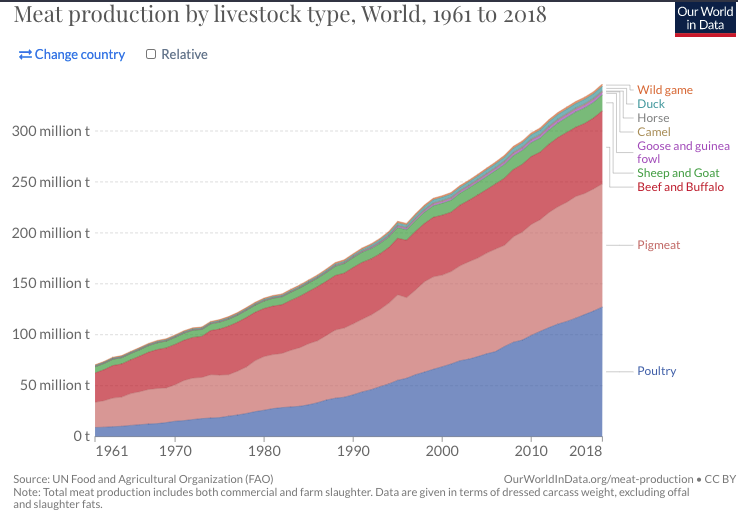
At a global level the dominant livestock types are poultry, cattle (which includes beef and buffalo meat), pig, and sheep & goat to a lesser extent. However, the distribution of meat types varies significantly across the world; in some countries, other meat types such as wild game, horse, and duck can account for a significant share of total production.
Although production of all major meat types have been increasing in absolute terms, in relative terms the share of global meat types have changed significantly over the last 50 years. In 1961, poultry meat accounted for only 12 percent of global meat production; by 2013 its share has approximately tripled to around 35 percent. In comparison, beef and buffalo meat as a share of total meat production has nearly halved, now accounting for around 22 percent. Pig meat’s share has remained more constant at approximately 35-40 percent.
Global meat production has increased rapidly over the past 50 years – as we see, total production has more than quadrupled since 1961. The chart shows global meat production by region, measured in tonnes.
Regionally, Asia is the largest meat producer, accounting for around 40-45 percent of total meat production. This regional distribution has changed significantly in recent decades. In 1961, Europe and North America were the dominant meat producers, accounting for 42 and 25 percent, respectively. In 1961, Asia produced only 12 percent. By 2013, Europe and North America’s share had fallen to 19 and 15 percent, respectively.
This reduction in production share was despite a large increase in production in absolute terms: Europe’s meat output has approximately doubled over this period, whilst North American output has increased 2.5-fold. Production increases in Asia, however, have been staggering: meat production has increased 15-fold since 1961.
Absolute increases in production in other regions have also been substantial, with output in all regions (with exception to the Caribbean which approximately tripled) growing more than 5-fold over this period.
Source: WORLD FOOD AND AGRICULTURE STATISTICAL YEARBOOK 2021
